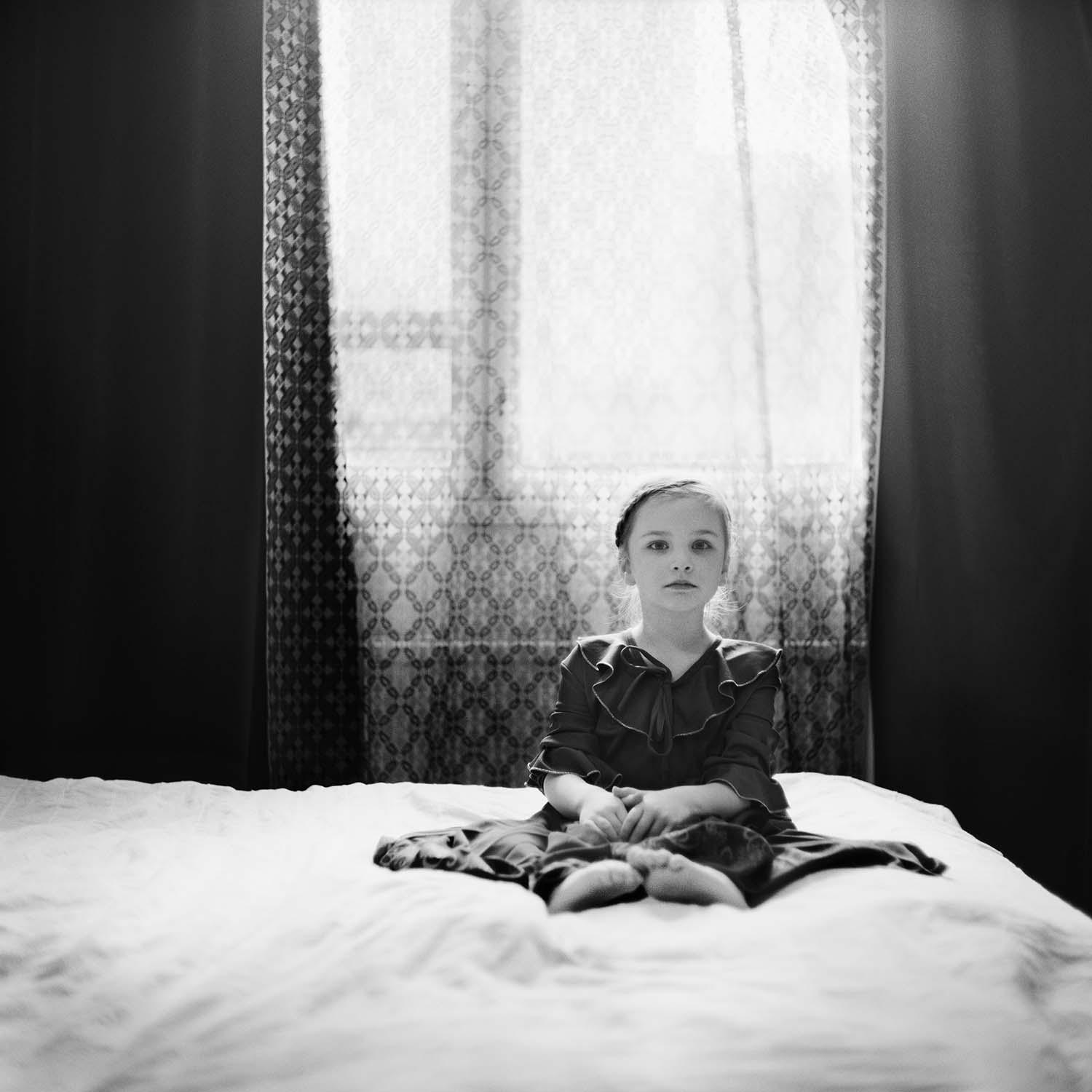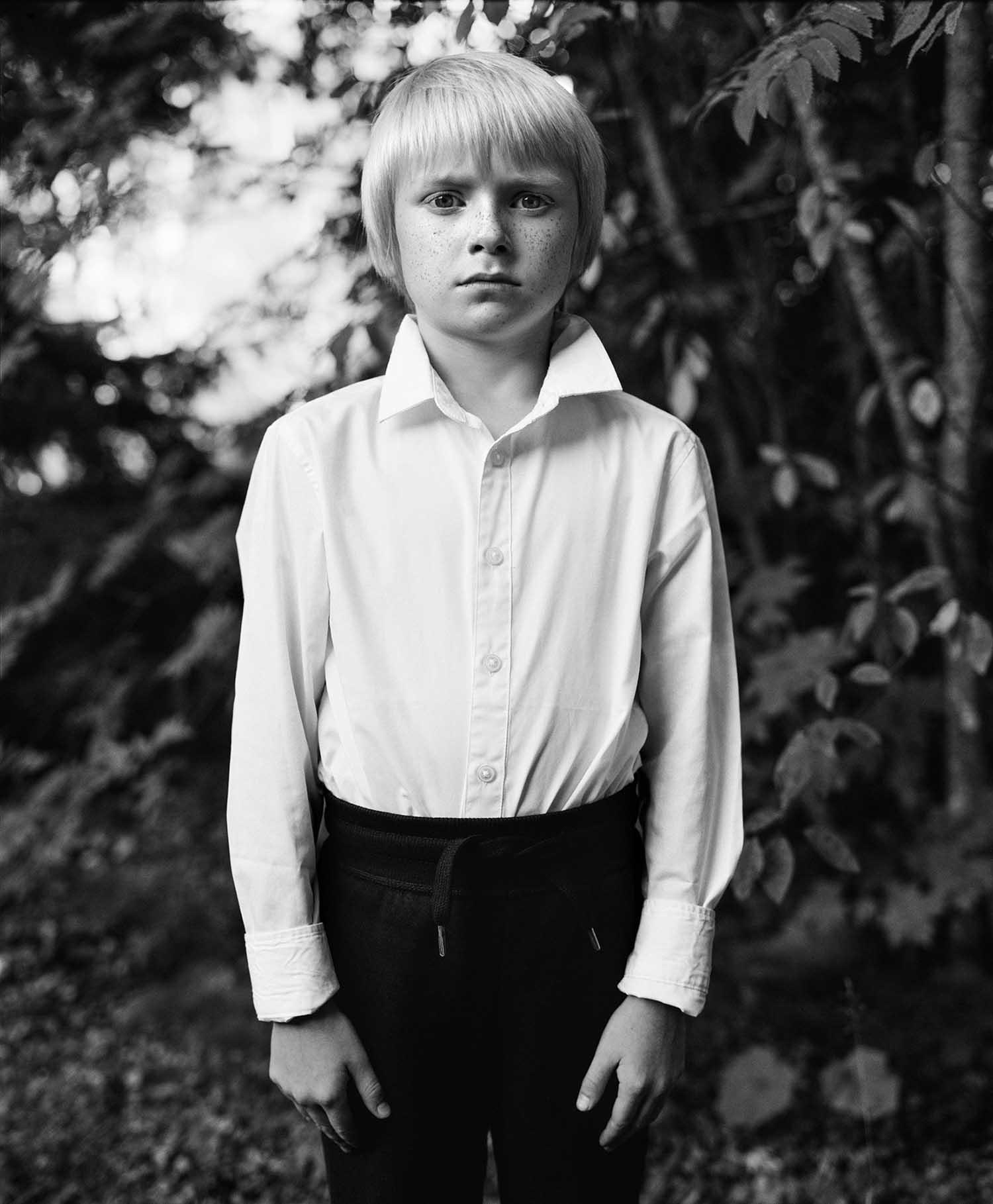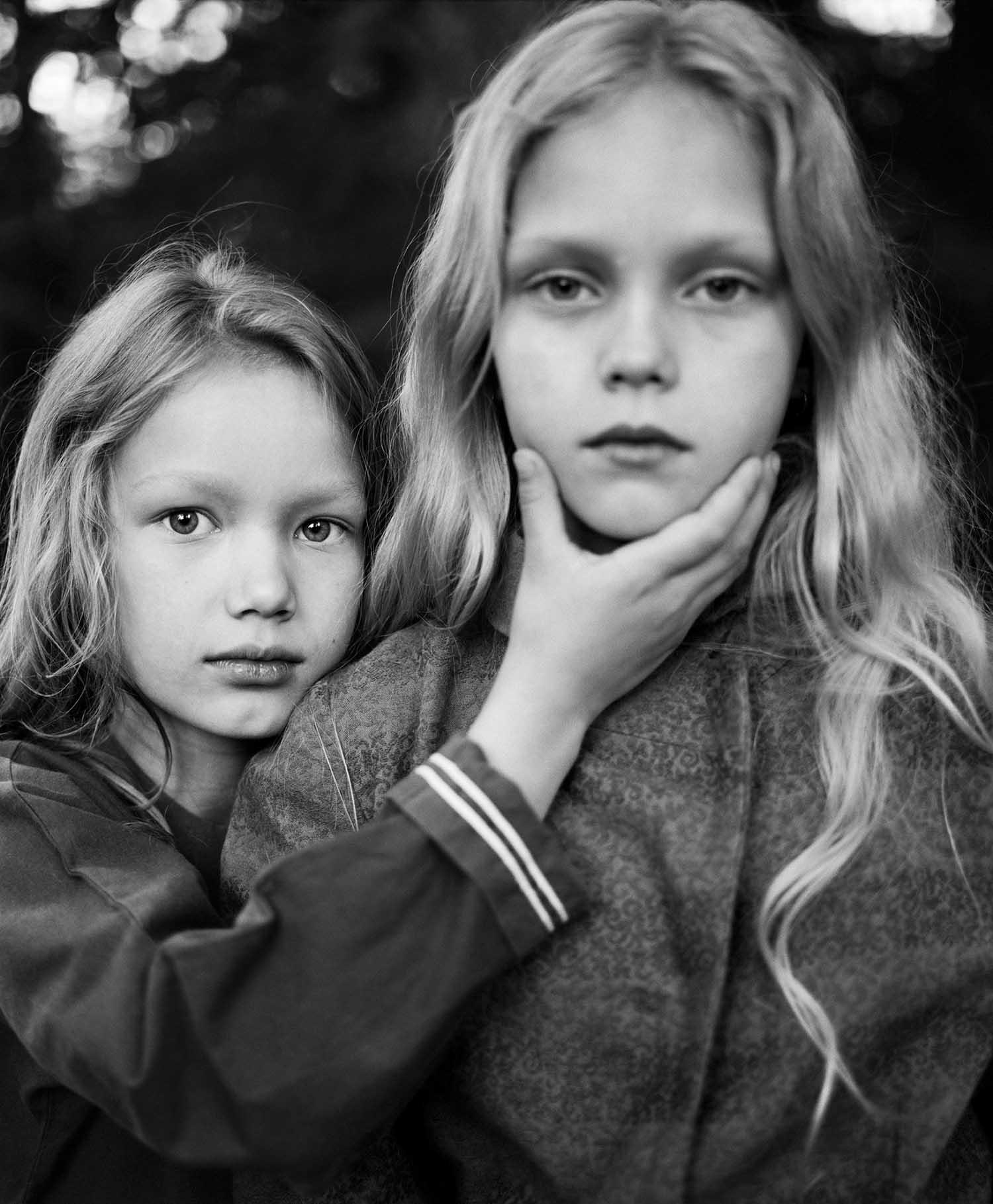Perfection often demands imperfection - An interview with Nelli Palomäki

Born 1981 in Forssa, Finland, Nelli Palomäki has built a career searching for portraits of timeless moments. In her images of children and young people, she deals head on with the issues surrounding mortality and the inevitability of aging. “We fight against our mortality, denying it, yet photographs are there to prove our inescapable destiny. The idea of getting older is heart-rending.”
In 2010 Nelli was awarded 2nd Place in the Portraiture category of the Sony World Photography Awards. Her image ‘Julia turning five’ from the series ‘Elsa and Viola’ was part of a special exhibition celebrating 10 years of the competition at London's Somerset House. She is a graduate of Aalto University School of Art, Design and Architecture in Helsinki.
Hi Nelli. Thanks for chatting with us! Tell us what you’ve been up to since your success in 2010 #SWPA competition
Thank you for sharing my work again! Many things have happened since 2010, most importantly I became a mother of two little ones. It sure is a life changing experience that affects both my work as a photographer, but also the way I exist in this world. Despite the fact that these kids are the best thing that ever happened to me, being an artist and a mother has its struggles too. The work is very irregular and it is hard to keep up with the daily routines. But as time is more limited now, you also learn to be more effective.
I have continued working on portraiture, focusing mainly on children and young adults. Although life has been busy at home, overall I have had some great exhibitions both here in Finland and abroad. Some highlights from the past seven years are solo exhibitions at the Finnish Museum of Photography, at Kulturhuset in Stockholm and at the Ordrupgaard Art Museum in Denmark as well as being part of Daegu Photo Biennale in South Korea, selected being part of reGeneration2 and nominated for Discovery Award at Les Rencontres d’Arles in 2012. After Hasselblad Foundation awarded me the Victor Fellowship Grant in 2010, I had a fantastic year in London studying at London College of Communication. After London I finished my MA studies here in Helsinki at Aalto University School of Arts, Design and Architecture. Recently I have been working with couple of new projects, hopefully some interesting results will follow.

Tell us a little about your background and how you got into photography
I’m originally from a small town in Southern Finland. As an industrial working class town, it didn’t offer much of art or cultural highlights. I was fascinated by photography during the high school, but never thought I would become a professional artist. This option somehow didn’t exist for me, but surely I was dreaming of doing something special. Looking back I still think choosing photography was some sort of an accident, I suppose I could have chosen very differently. My older sister became a doctor, and naturally I wanted to take a different path. As my father didn’t support studying arts, as a rebel daughter I definitely got more and more into it! But only after some time in art school I began to realise what was it really about.

A large part of your work addresses mortality. Why do you think you went down this way of thinking? How do you get this across to your viewers in a way that works for you?
Even though my work deals with different issues and themes, in the bottom of everything lies our mortality. Photographs are strongly connected to memories, and to the moment that no longer exists and now we can only study it through the photograph. Through our pictures we process our childhood, our parents’ childhood and the life of our grandparents. In this way photography reveals the very obvious – getting older (and in the end, dying too) is inevitable. I consider the portraits as little notes of the time spent together, like small stains of our meeting.
I deal with growth and our problematic way of seeing ourselves. I’m very much focused on the act of posing and on the moment when a person changes into an image. However there is a certain melancholy in my work, and I guess this is born from the miserable idea of time passing and us not being able to really go back to the moment. Through photography this becomes very concrete.

Whose work within the photography world inspires you and why?
There are so many great artists, so many amazing photographs. But I seldom get super excited about anything else than portraiture. A certain presence needs to be there (most importantly the presence of the photographer). A good photograph can be bizarre or even uncomfortable, yet still everything is just in its right place. Posing is a crucial part of portraiture, but very often it is just too much. The other thing is that all this digital development has made photography very polished and there is not that much room for the accident anymore. Perfection often demands imperfection.
Lately I have been once more going through these amazing photographs by Chris Killip and a Finnish photographer Ismo Hölttö. There was also a beautiful exhibition by Elis Hoffman with some haunting portraits in it. A great example how some photographers can work seamlessly with portraiture, landscape and details. Alec Soth had just an exhibition here too, and he is a master in this sort of storytelling. I love the work by some of my good friends and talented colleagues, for example Dorothée Smith, Joakim Eskildsen and Laura Pannack. When thinking about exceptional work I also have to mention Hellen van Meene, Rineke Dijkstra, Hisaji Hara, Pieter Hugo, Vanessa Winship, Michal Chelbin and Charles Fréger. Even though I am mostly in love with portraiture, Todd Hido’s landscapes together with the portraits are very very haunting. One of the best talks I ever attended was James Nachtwey at the Nordic Light festival in Norway. Such a hopeless yet amazingly beautiful work and what a warm person too. And naturally I love the great masters like August Sander, Mary Ellen Mark, Richard Avedon, Diane Arbus or Sally Mann among many many others.

Do you have a philosophy going into each shoot/series or is it a natural process now?
I never carry my camera with me and nearly every portrait is planned beforehand. Although most of my photographs are carefully planned, the work is filled with coincidences. This is what I love when shooting on film – you don’t see the results immediately and it’s never quite what you expected. It all starts from the idea and first you need to know who you are looking for. I might find my subjects from the street and restaurants, as well as ask someone that I know already. Most recently I have worked quite a lot with strangers. Some of the portraits are more staged than others, but always I’m trying to focus on two things – light and the presence.
Accomplishing a portrait is never a natural process to me. I’m pretty scared before each shoot. However I have learned to accept that, and nowadays I think that being photographed should be uncomfortable – and not only for the subject, but for me too. I’m trying to be as quiet as possible while making the portrait, the intensity needs to be there. Now at the moment I am working on this sibling theme, and mostly getting to know different families with different situations. This is what my work is mainly about – meeting people and through photography having this unique and intimate relationship with many of them.

Where in the world are you and what’s next for you?
I am safely home in Finland, in a small village called Isnäs. Our house is located between two sheep farms, other than that there is forest, sea and nature. Currently I am working with new portraits and I have a solo show coming at Gallery Taik Persons by the end of June. Other exhibitions will follow and I need to focus on making new work. Hopefully after working hard with the new photographs, I can start dreaming of a new book too. But right now life is being with the family and making new portraits.







